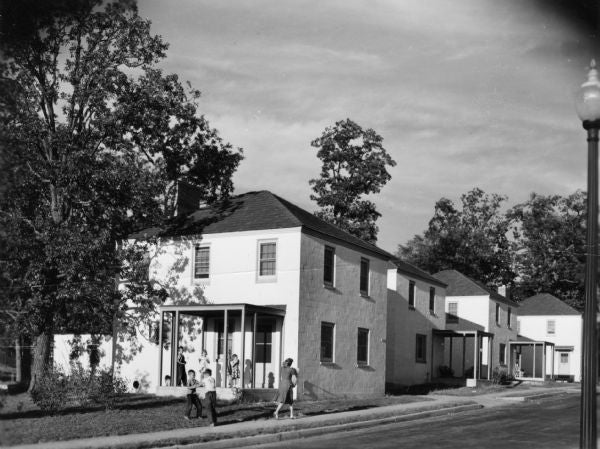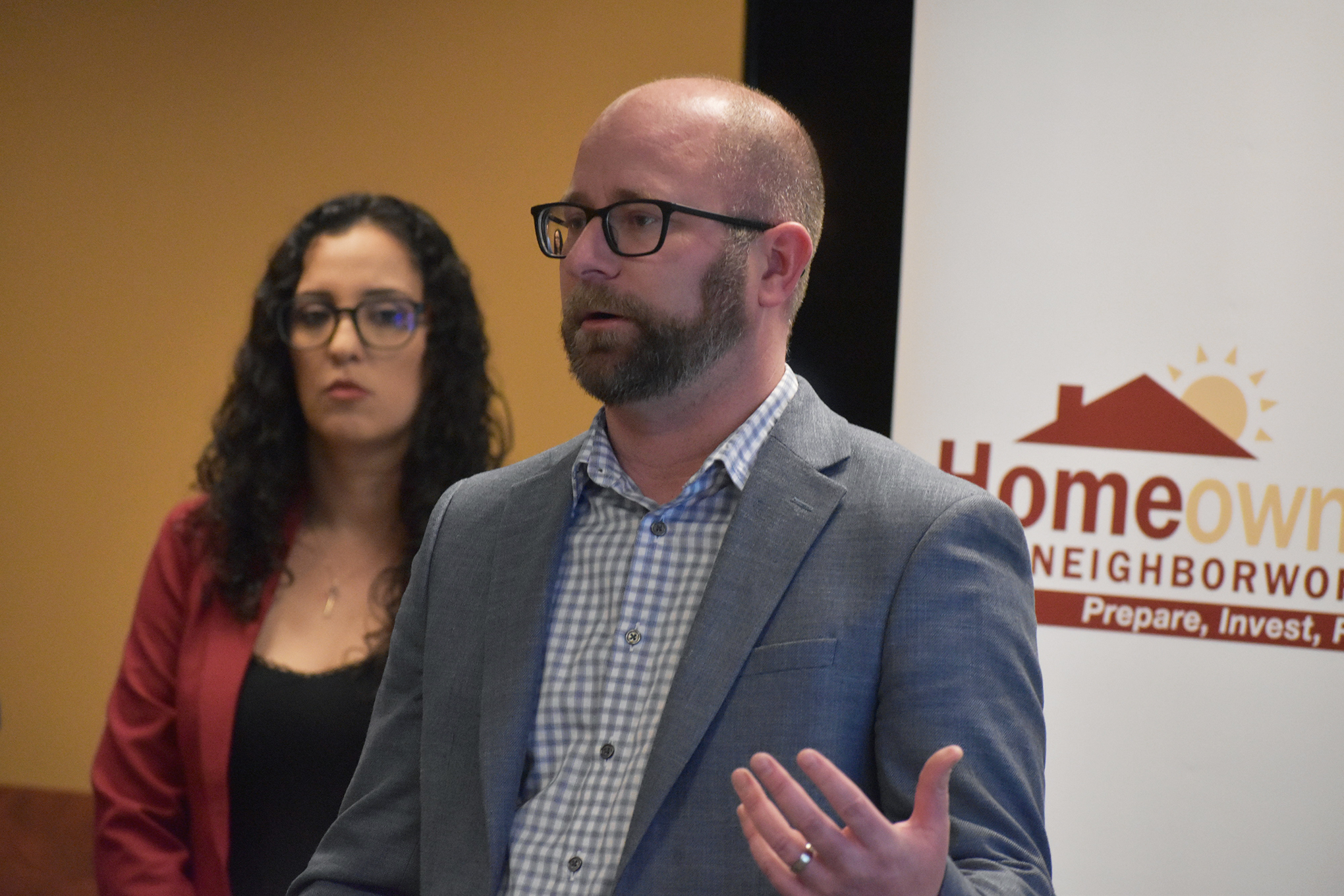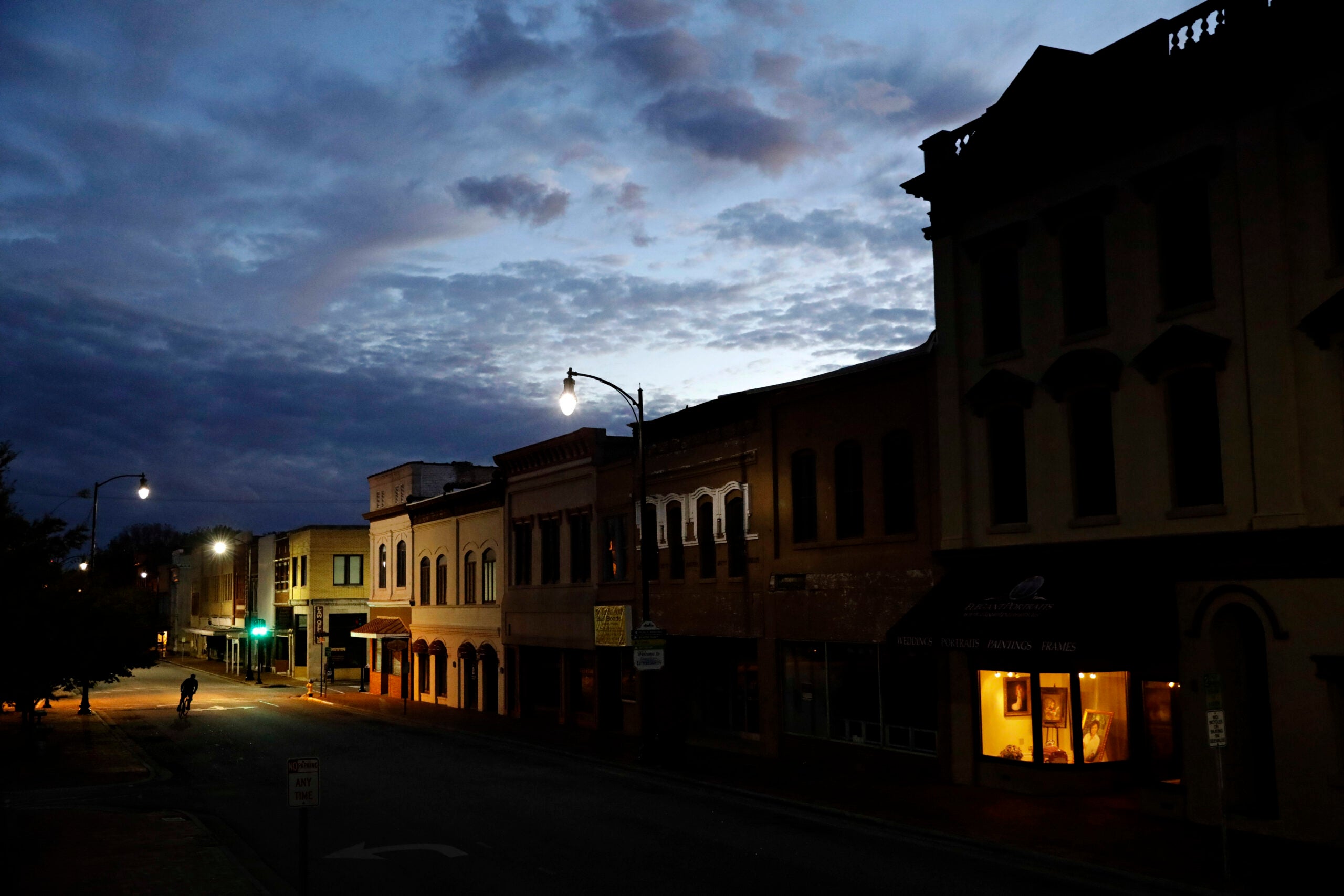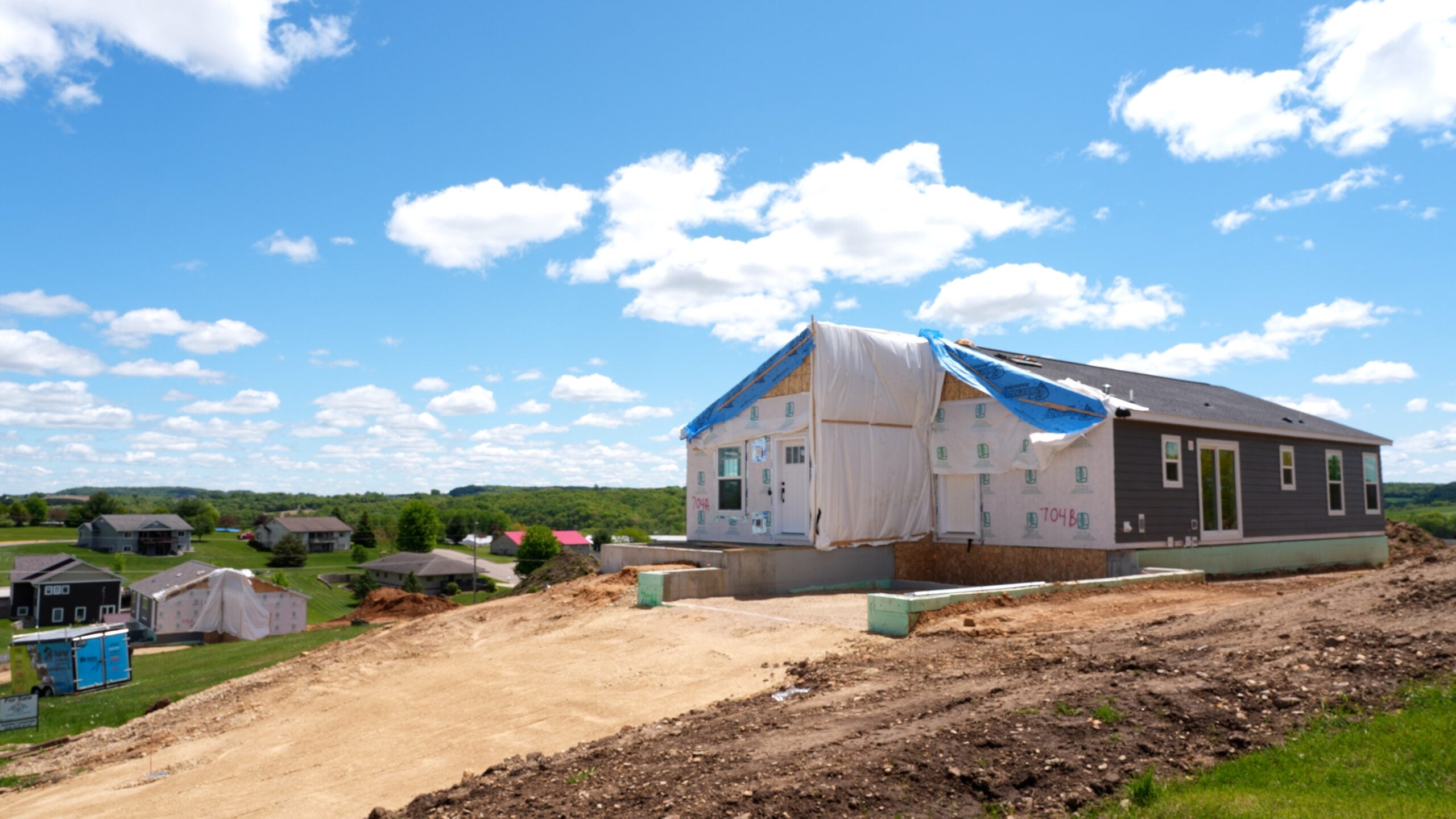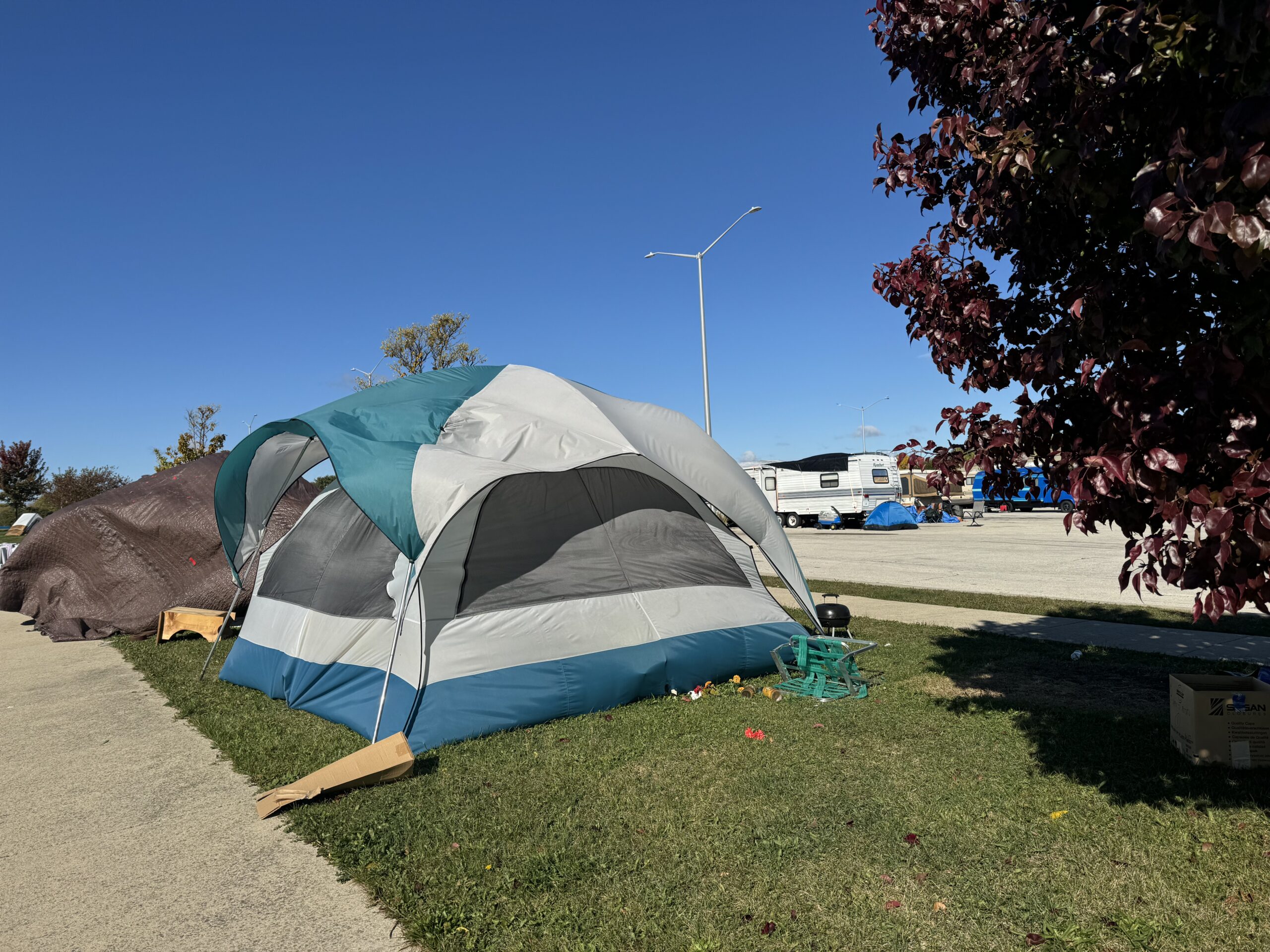The first families moved in to Greendale, Wisconsin, in late April of 1938. One of three “greenbelt” towns, Greendale was a Depression-era experiment to create a new American way of life.
Greenbelt towns were a project of the Resettlement Administration to house struggling and/or displaced families in new, planned communities that merged the best of urban and rural living.
The idea was based on the earlier “Garden City Movement,” a late 19th century effort to relieve overcrowded industrial cities in England with communities surrounded by farms and forests. Like these garden cities, parks and forests would surround the greenbelt communities.
News with a little more humanity
WPR’s “Wisconsin Today” newsletter keeps you connected to the state you love without feeling overwhelmed. No paywall. No agenda. No corporate filter.
Besides green space, the government hoped these communities would provide housing for moderate-income families and provide jobs to thousands of unemployed workers. They also hoped to demonstrate how intentional design could create a better quality of life for residents.
Around 100 urban areas were studied to find the right combination of attributes, including diverse industries, natural features, and a critical need for housing for the communities to succeed. The hope was to build 25 communities. The complexity of acquiring land and planning the towns, however, led to the construction of only three towns: Greenbelt, Maryland; Greenhills, Ohio; and Greendale.
Construction began on the three new communities in 1936. Each had a distinct design responsive to the environment while adhering to certain central principles.
Greendale was situated on 3,400 acres of farmland three miles southwest of Milwaukee. Most of the homes were single-family, two- or three-bedroom homes. There were also two-family units known as “twins” and row houses.
All of the homes were owned by the federal government and rented to families based on income and home size. Rents ranged from $19 to $46 per month in 1938. Residents had to make a minimum annual income of $1,200 and no more than $2,700 to live in Greendale.
Besides homes, the downtown included a village hall and several businesses, including a tavern, movie theater, firehouse, newspaper and market. All roads led to the main business district, Broad Street.
Homeowners associations kept tight control over the village’s growth. No one wanted Greendale and the other greenbelt towns to develop the problems of its neighbors.
But the government’s experiment in utopia was fairly short. In 1949, Congress voted to divest the federal government from ownership of the towns. Residents could purchase their homes from the government and no stipulation was made that the codes governing growth had to be maintained.
Wisconsin Public Radio, © Copyright 2026, Board of Regents of the University of Wisconsin System and Wisconsin Educational Communications Board.

